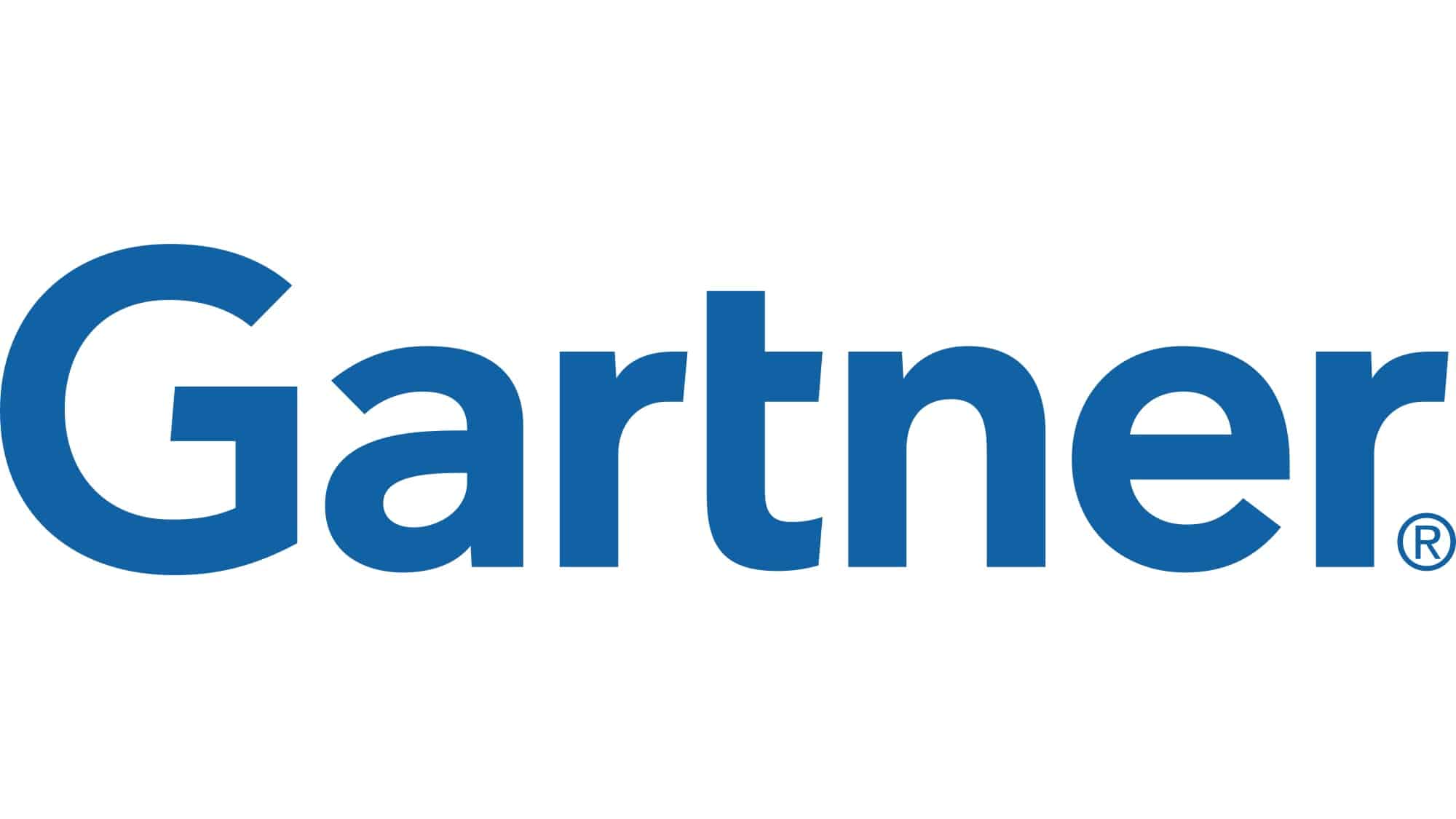
- 20 February, 2019
Gartner Identifies Top 10 Data and Analytics Technology Trends for 2019
According to Donald Feinberg, vice president and distinguished analyst at Gartner, the very challenge created by digital disruption — too much data — has also created an unprecedented opportunity. The vast amount of data, together with increasingly powerful processing capabilities enabled by the cloud, means it is now possible to train and execute algorithms at the large scale necessary to finally realize the full potential of AI.
“The size, complexity, distributed nature of data, speed of action and the continuous intelligence required by digital business means that rigid and centralized architectures and tools break down,” Mr. Feinberg said. “The continued survival of any business will depend upon an agile, data-centric architecture that responds to the constant rate of change.”
Gartner recommends that data and analytics leaders talk with senior business leaders about their critical business priorities and explore how the following top trends can enable them.
Trend No. 5: Graph
Graph analytics is a set of analytic techniques that allows for the exploration of relationships between entities of interest such as organizations, people and transactions.
The application of graph processing and graph DBMSs will grow at 100 percent annually through 2022 to continuously accelerate data preparation and enable more complex and adaptive data science.
Graph data stores can efficiently model, explore and query data with complex interrelationships across data silos, but the need for specialized skills has limited their adoption to date, according to Gartner.
Graph analytics will grow in the next few years due to the need to ask complex questions across complex data, which is not always practical or even possible at scale using SQL queries.







